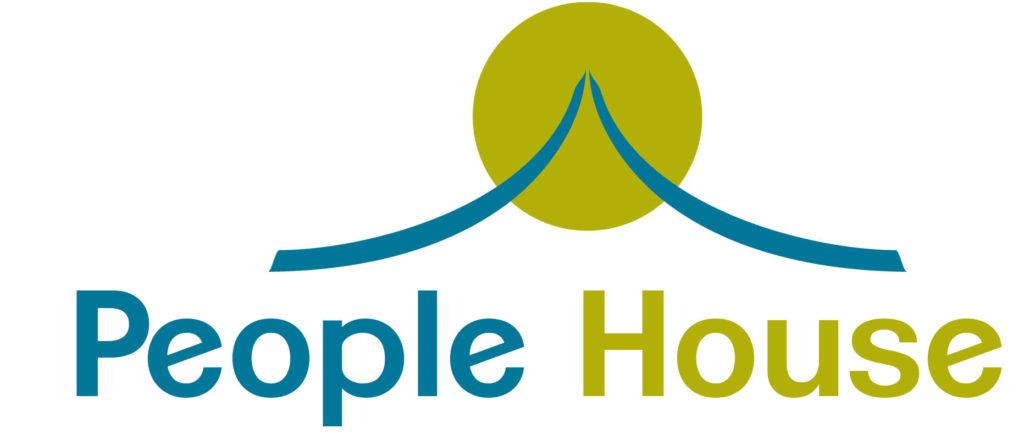Turning Towards || By TJ Dubovich MFTC
As a marriage and family therapist, I hear couples say things such as “I just don’t want to fight anymore” or “We have been fighting more recently and I’m concerned that means deeper issues in our relationship”. While increased, toxic conflict is not a good sign within a connection, conflict, in general, is neither a bad sign nor unhealthy in a relationship. However, how we engage in conflict with our partners matters and the way we argue can have lasting effects on the attachment and connection within a relationship.
In a study by John Gottman, he evaluated newlyweds and then followed up with them 6 years later. For the couples who were still married, they “turned towards” in conflict 86% of the time. Those couples who were divorced only reported turning towards each other 33% of the time (Brittle, 2022). Now you might be wondering – what does it mean to turn towards our partner in conflict? Isn’t the whole point of a fight to argue and win? It may feel good to “win” a fight with your partner but as Terry Real, renowned relationship therapist, has wisely said, “We can be right or we can be in relationship”.
Turning towards your partner in conflict can reference a variety of factors. At the base level, it means quite literally physically turning towards your partner when in conflict. Many of us tend to shut down our body language when we are upset such as folding our arms, moving away or turning our bodies from our partner, and not making eye contact when our partner is speaking to us. These actions can lead our partner to feel unheard or disrespected and create a dynamic of disconnection. If instead, you notice your body and position yourself with an open stance facing your partner, this can be the first step in turning towards.
The next part of turning towards is understanding bids. “A bid is any attempt from one partner to another for attention, affirmation, affection, or any other positive connection” (Brittle, 2022). Bids can be presented in multiple different ways, and the response to these bids is a major player in turning towards your partner. For example, an “in conflict” bid could be holding hands while discussing something difficult or hugging each other after wrapping up a tough conversation. Responding to these types of actions can create a sense of emotional safety and de-escalation, even when each of you may be experiencing anger or other negative emotions. Less obvious bids for connection are just as, if not even more, important. John Gottman created a list of emotional bids that may be “missed” from our partner, which can be important to watch out for. When we miss emotional bids from our partner, that rejection can create long-lasting negative effects on the relationship (Brittle, 2022). Examples of subtle bids can look like:
- Responding to simple requests (Can you take the dog out? or Will you help me with this?)
- Sharing about your day (Can I tell you about what happened at work today? or I thought about you when ___ happened today)
- Responding to an invite (Would you want to go on a hike this weekend? or I’d love for you to join me for ____)
- Helping problem solve (The dog needs a bath but I don’t have time today or Who can pick up the dry cleaning this week?)
Turning towards is also remembering to mitigate the 4 Horsemen – criticism, contempt, stone-walling, and defensiveness when in conflict. (For more information on the 4 Horseman, view my blog: The dance of the 4 Horsemen and how to get back on track)
With all these suggestions, I want to validate that turning towards your partner when you are emotionally escalated and upset IS hard. This is challenging work and it takes intention and patience to break through our current patterns of interaction and show up in a different way. Be gentle with yourself and your partner if you don’t always get it right. It will take time to create improved experiences. The last thought I want to impart is that whatever the issue of the conflict may be, a useful reframe can be to externalize the issue. Take the problem and view it as something that you both need to address together, not as an individual issue. When you can approach an issue by partnering together to tackle it, you will naturally begin to turn toward your partner to get through conflict.
References:
Brittle, Z. (2022, May 9). Turn towards instead of away. The Gottman Institute. https://www.gottman.com/blog/turn-toward-instead-of-away/
About the Author: TJ Dubovich is a marriage and family therapist at The Cannon Institute. TJ works with individuals, couples, and families in a solution-focused and collaborative approach. He enjoys working with folks from a variety of backgrounds – especially those in the LGBTQIA + community, those in life transitions, and couples looking to improve their relationships. If you are interested in working with TJ – email or call The Cannon Institute at admin@thecannoninstitute.com / (720) 318-2450 for a free, 20-minute consultation.
